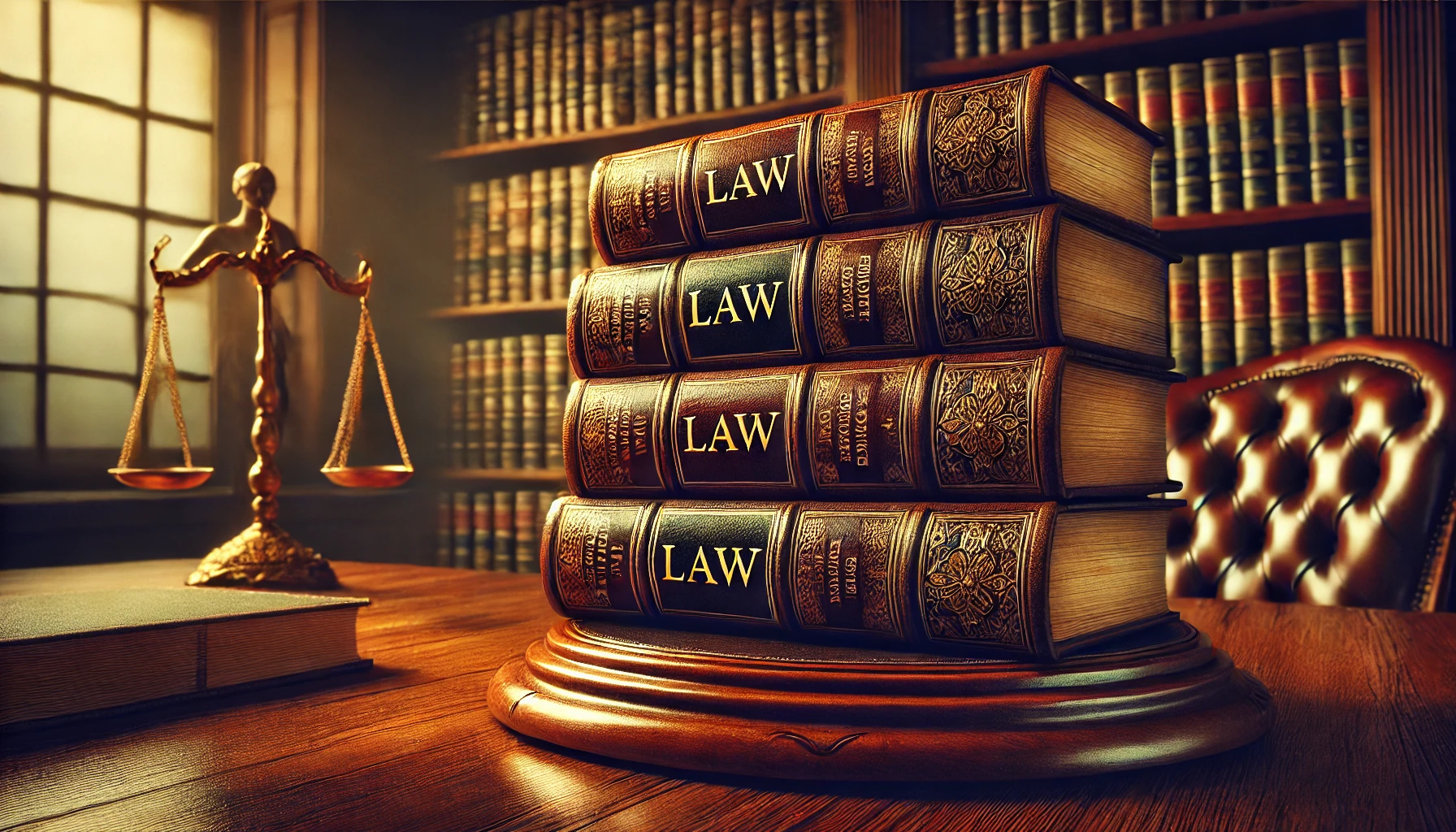Legal Communication: Enhancing Clarity in Legal Aid Writing
Introduction
“Access to communication, in its widest sense, is access to knowledge...”
— Louis Braille

Who is This Toolkit for and How Will it Be Used?
This toolkit contains beneficial information for legal aid professionals who interact with clients and other audiences via digital, print, and written communications. From attorneys, paralegals, and case handlers to legal resource content creators, readers will find an abundance of guidance and best practices for creating accessible legal materials.
Disclaimer
This style guide is provided for informational purposes only and cannot be construed as legal advice. While every effort has been made to ensure the accuracy and completeness of the information contained herein, laws and regulations may change, and legal interpretations may vary.
This guide is not a substitute for independent legal research or consultation with a qualified attorney. Attorneys and those supervising non-attorney legal professionals are responsible for verifying the accuracy and currency of the information provided before applying it to any specific situation or advising clients.
Additionally, it is the responsibility of the attorneys to adhere to the rules of professional conduct governing their jurisdiction. This guide does not relieve attorneys of their duty to upload these ethical standards in legal practice. It must not be relied upon as advice regarding any ethical or legal duty.
By accessing and using this style guide, you acknowledge that no attorney-client relationship is established, and the authors and publishers disclaim any liability arising from reliance on the information presented herein.

